On this day in 1947, the Detective Fiction Writers Club was established. Now known as the Mystery Writers of Japan, it’s a literary society promoting crime fiction and honkaku (orthodox) mysteries in this country, mainly through its two awards: the Mystery Writers of Japan Award, honoring the best in crime fiction, and the Edogawa Ranpo Prize, which celebrates unpublished mystery novels. To commemorate the organization’s anniversary, we are looking at some of Japan’s best crime and mystery writers for our latest List of 7. We begin with the Detective Fiction Writers Club founder.
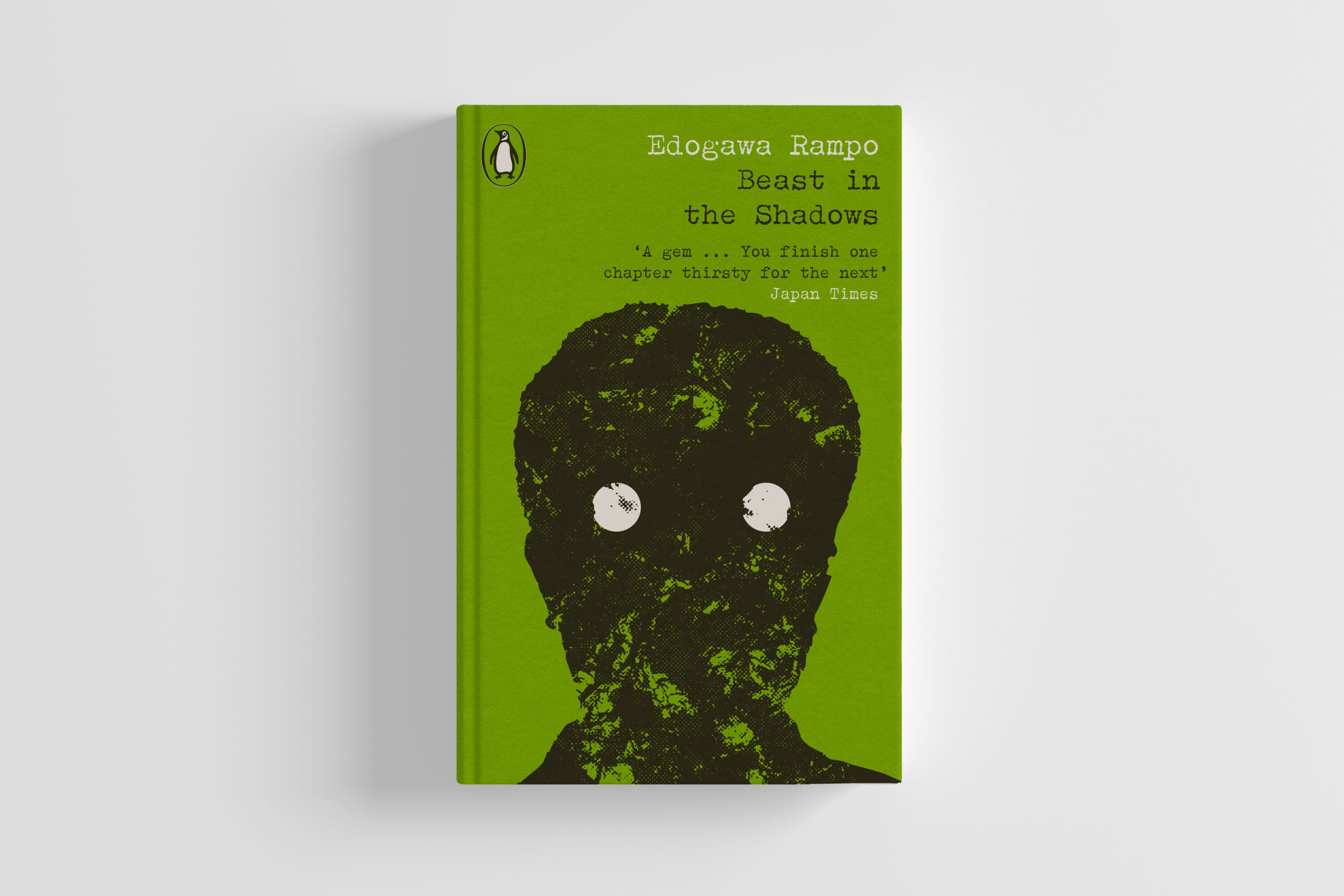
Edogawa Ranpo
What better place to start than with the man who’s been described as the father of Japanese mystery novels. Born Taro Hirai in 1894, he became better known by his nom de plume, Edogawa Ranpo, which, pronounced quickly, sounds like Edgar Allan Poe — one of his literary heroes. After doing some odd jobs, including selling soba as a street vendor, Ranpo made his writing debut with The Two-Sen Copper Coin in 1923. Two years later, he introduced his most famous character, the brilliant yet unconventional Detective Kogoro Akechi in The Case of the Murder on D Hill.
Akechi had several adversaries down the years, including the master criminal titular character in The Black Lizard and The Fiend with 20 Faces from the Boy Detectives Club series. Aside from Akechi’s stories, Ranpo’s standout honkaku mystery is arguably Beast in the Shadows. A fast-paced, chilling novella, it’s a tale told from the standpoint of a crime writer. He’s approached by a woman who says she’s been receiving threatening letters from an ex watching her in the shadows. Agreeing to help, the trail leads him to another mystery author. Things, though, aren’t quite as they seem.
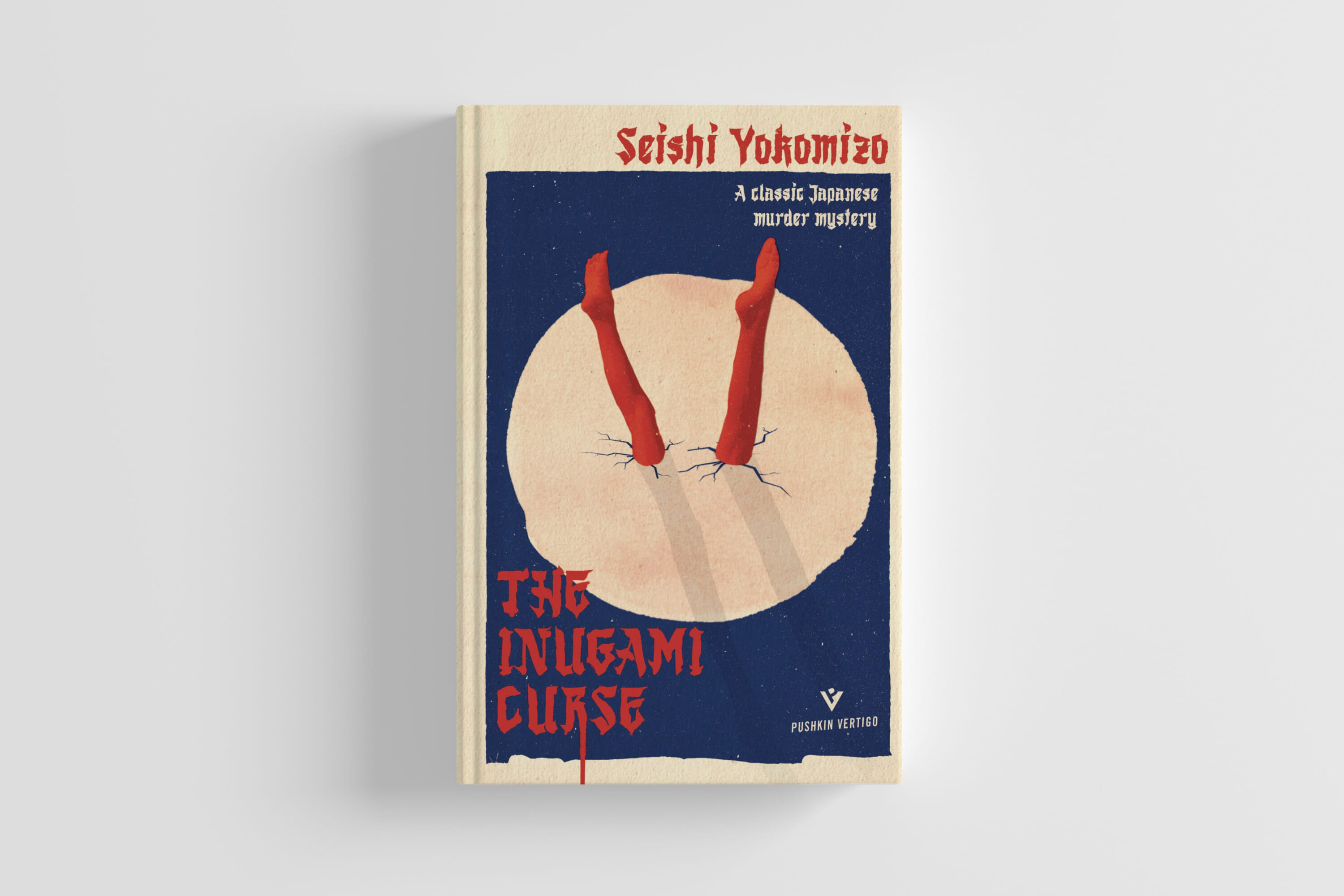
Seishi Yokomizo
When people talk about pioneers of the mystery genre in this country, the name that’s usually cited alongside Ranpo is Seishi Yokomizo, who was referred to as the Japanese John Dickson Carr. Suffering from tuberculosis and struggling to get his work published, Yokomizo faced a bleak future until the end of World War II. His situation from a financial perspective changed in 1946 when his locked-room mystery, The Honjin Murders, was serialized in the magazine Houseki. Winner of the inaugural Mystery Writers of Japan Award, it’s also the first novel to feature Kosuke Kindaichi, the nation’s favorite fictional amateur sleuth.
Kindaichi, who appears in 77 of Yokomizo’s stories, is called in to investigate the double homicide of a newlywed couple, who are found dead inside their locked room. Described by The Guardian as a “perfect example of a honkaku mystery,” it’s a fun and engaging whodunit that keeps you guessing throughout. Other popular Kindaichi tales that have been translated into English include The Inugami Curse, a dark and engrossing story about a dysfunctional family that should appeal to fans of Rian Johnson’s movie Knives Out, and The Village of Eight Graves, which opens with a horrifying backstory.
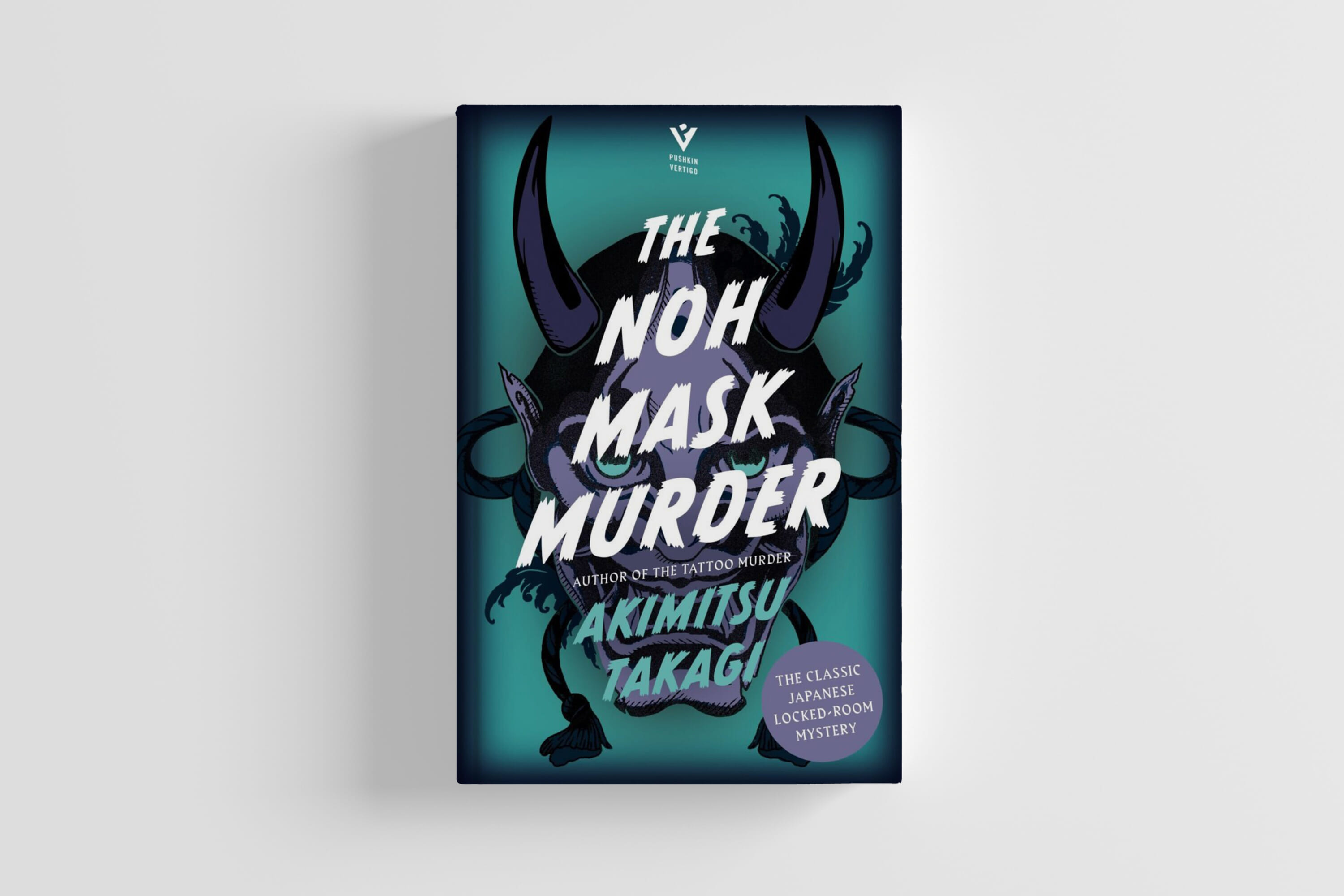
Akimitsu Takagi
An aeronautical engineer until the end of World War II, Akimitsu Takagi (real name Seiichi Takagi) decided to take up writing as a profession following the recommendation of a fortune teller. He then sent the second draft of his first novel, The Tattoo Murder Case, to Ranpo, who, in turn, passed it on to a publisher. Released in 1948, it’s one of Japan’s most thrilling whodunits. The story follows the investigation into the murder of Kinue Nomura, whose dismembered corpse is found in the locked bathroom of her home. Her tattooed torso, however, is missing from the crime scene.
Takagi followed up his debut novel with The Noh Mask Murder. A classic locked-room mystery, it begins with Takagi discussing how he’d like to pen a mystery novel based on a true crime in the prologue. He then stars as himself — an amateur mystery writer investigating the death of the head of the Chizurui family. The victim is found dead on the floor of his study, which is locked from the inside. Next to him is a cursed hannya mask usually seen in Noh theater productions. Other Takagi novels translated into English include Honeymoon to Nowhere and The Informer.
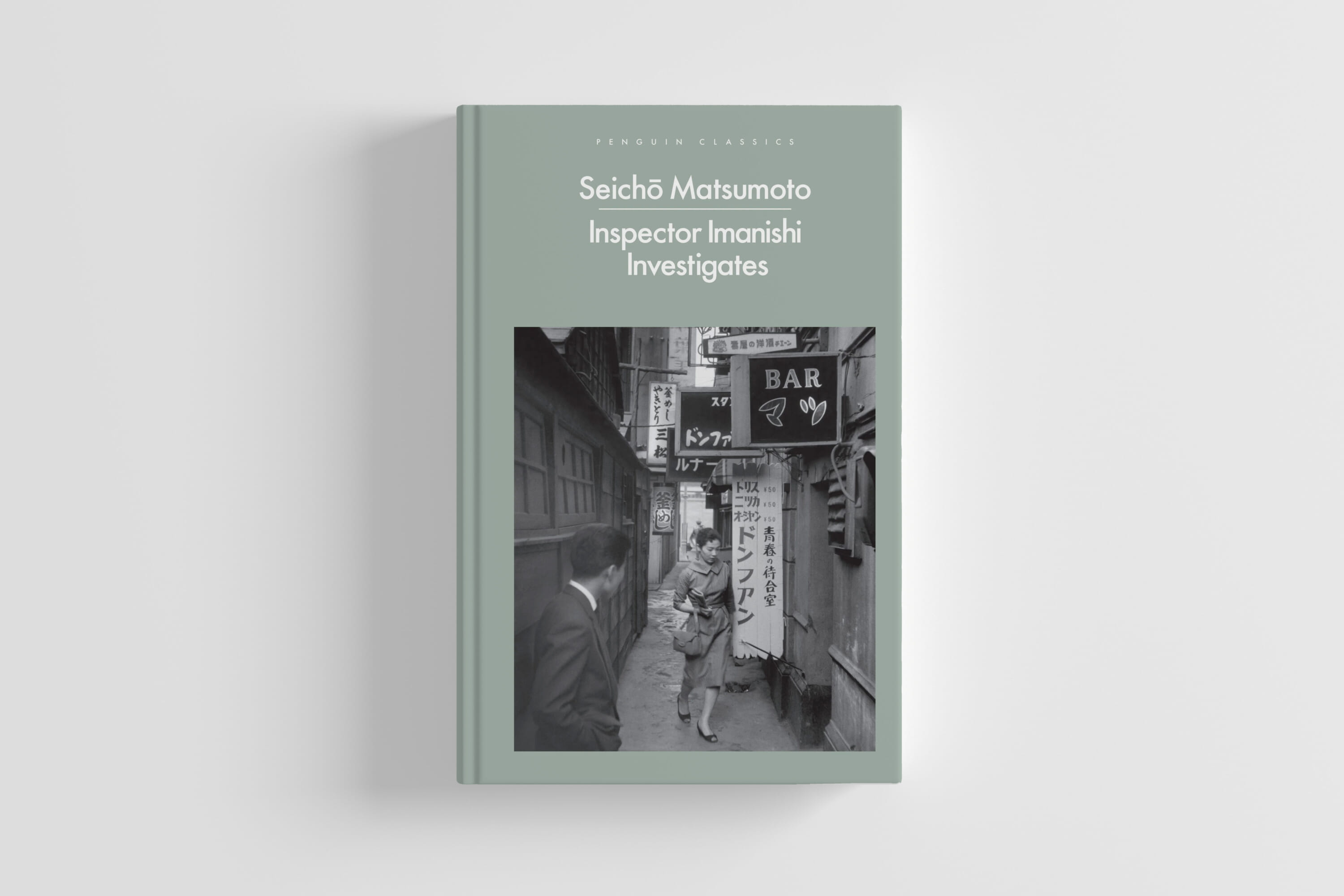
Seicho Matsumoto
One of Japan’s most celebrated mystery writers, Seicho Matsumoto’s novels tended to focus on the minute details of crimes and the impact they had on society. He debuted at the age of 41 with the Naoki Prize-nominated short story Saigo’s Currency. His first stand-alone detective book was Points and Lines (also known as Tokyo Express), which was originally published in installments in the travel magazine Tabi when he was in his late 40s. It’s an ingeniously plotted tale that begins with what seems like the joint suicide of a young couple who are discovered next to a cyanide-laced bottle.
Another famous Matsumoto novel is Inspector Imanishi Investigates, which was serialized in a newspaper before being published in 1961. A riveting and complicated mystery, it follows the titular character, who’s been compared to Inspector Jules Maigret, Georges Simenon’s iconic literary creation, as he travels across Japan in search of answers after the battered body of an unknown man is found under the rails of a train. The story has been adapted into a movie titled Castle of Sand and two television series. Yoshitaro Nomura has directed eight films based on Matsumoto’s novels, including Zero Focus and Suspicion.
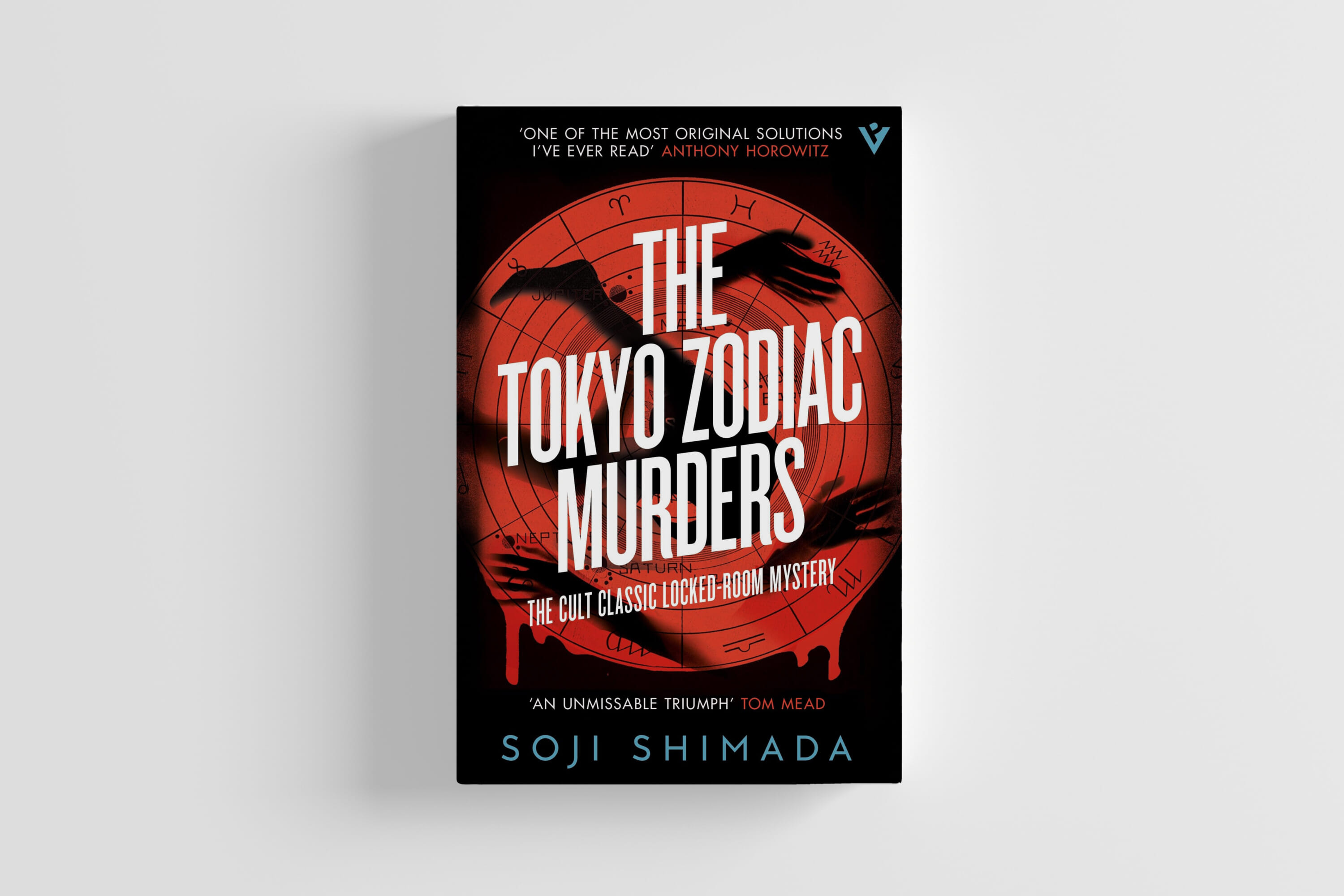
Soji Shimada
Soji Shimada worked as a dump truck driver, free writer and musician before eventually turning his hand to mystery writing in his early 30s. His first novel, The Tokyo Zodiac Murders, is widely regarded as his best. After the foreword, in which the author challenges the reader to solve the crimes, we’re taken back to 1936 when a series of curious murders took place. The novel then switches to 1979, as mystery fan Kazumi Ishioka and the astrologer, fortune-teller and self-styled detective Kiyoshi Mitarai attempt to crack those so-called unsolvable cases that occurred more than four decades earlier.
Mitarai also features in Shimada’s follow-up novel, Murder in the Crooked House. He is called in to investigate the deaths of a chauffeur and a lecherous old man, as the police are incapable of solving the crimes. The brilliantly written locked-room mystery takes place at the curious home of reclusive billionaire Kozaburo Hamamoto, who is hosting a Christmas party. Following the success of his first two novels, Shimada was hailed as the pioneer of the shin-honkaku (new orthodox) genre of logical mysteries. Along with Mitarai, his other famous character is the rugby-loving detective, Takeshi Yoshiki.

Natsuo Kirino
Mariko Hashioka, better known by her pen name Natsuo Kirino, began her literature career as a romance novelist, but as she was struggling financially and wasn’t particularly interested in the genre, she decided to turn to crime fiction instead. In her mid-40s, she released Out, winner of the 1998 Mystery Writers of Japan Award. An intense story of murder, misogyny and blackmail, it centers around the killing of an abusive husband by a young mother. With the help of her colleagues, she scatters his dismembered body around Tokyo. Soon, though, parts of his corpse are discovered in a park.
Three other Kirino books have been translated into English: Grotesque, Real World and What Remains. Grotesque, a haunting and powerful story about the murder of two sex workers in Tokyo, features four narrators, including one of the victims and the perpetrator of the crime. Real World, released the same year, is a lighter read than both Out and Grotesque but still packs a punch. It’s about four young women who aid the escape of a teenage boy after he kills his mother. The psychological tale What Remains, meanwhile, chronicles a young girl’s time in captivity after she is kidnapped.

Keigo Higashino
Japan’s most well-known mystery writer, both domestically and internationally, Keigo Higashino has sold more than 100 million books worldwide. His novels have been translated into around 40 languages and close to 20 of them have been made into either movies or television series. He started writing in his high school days and then continued to pen stories in the evenings when he began his career as an engineer. In 1985, Higashino won the Edogawa Ranpo Prize for his unpublished mystery, After School. Twenty years later, he released his most famous novel: The Devotion of Suspect X.
The Naoki Prize-winning novel begins with the murder of Togashi after he threatens his ex-wife, Yasuko, and their daughter. Senior officer Shunpei Kusanagi is sure the crime was committed by Yasuko, but she has a watertight alibi. He calls on his friend Doctor Manabu Yukawa, a Sherlock Holmes-like physicist known as Detective Galileo. Yukawa believes Yasuko’s neighbor Ishigami, with whom he went to school, is involved. A game of cat and mouse between Galileo and Ishigami ensues. Other standout Higashino novels include Malice, The Miracles of the Namiya General Store and Journey Under the Midnight Sun.









